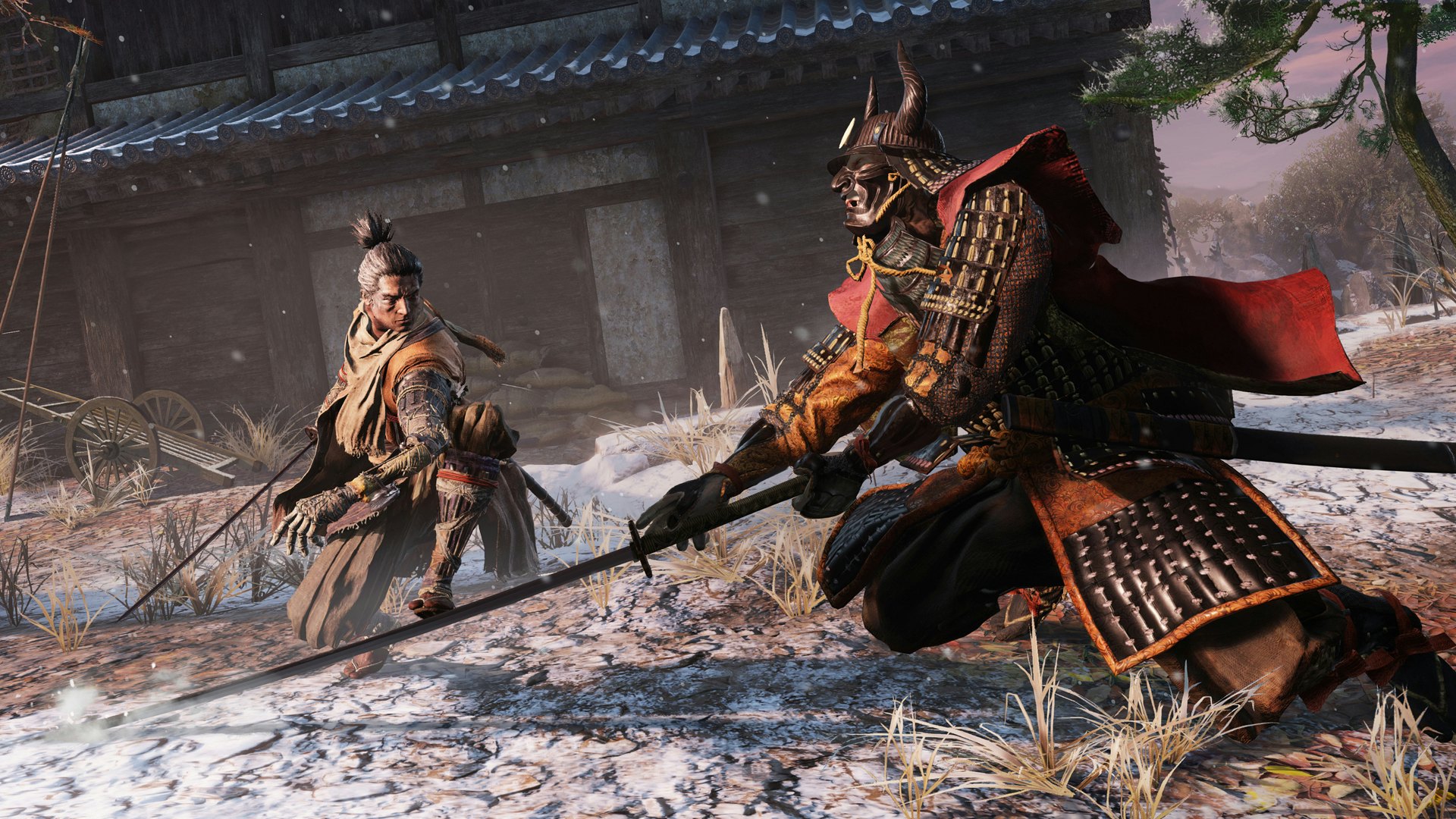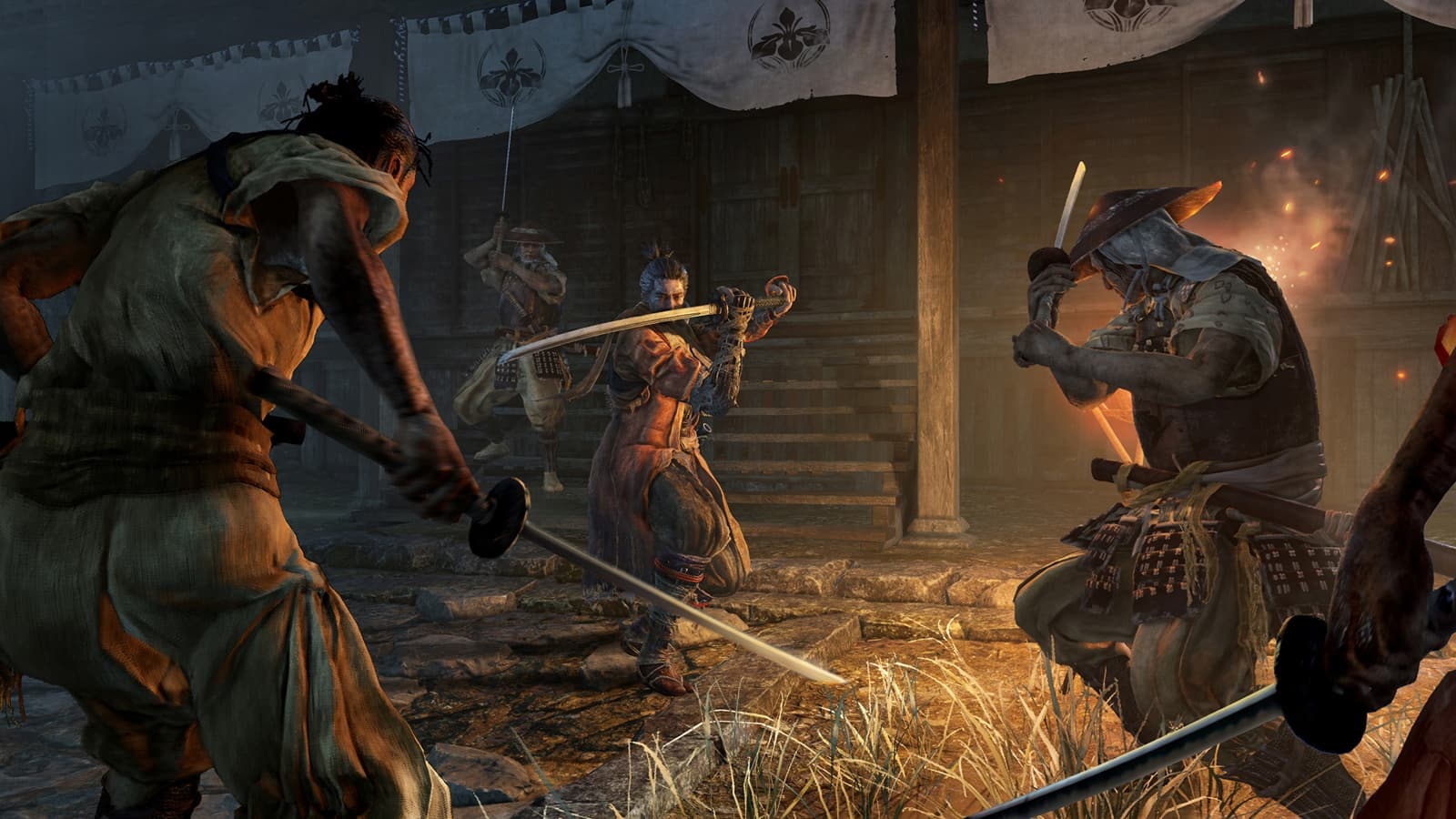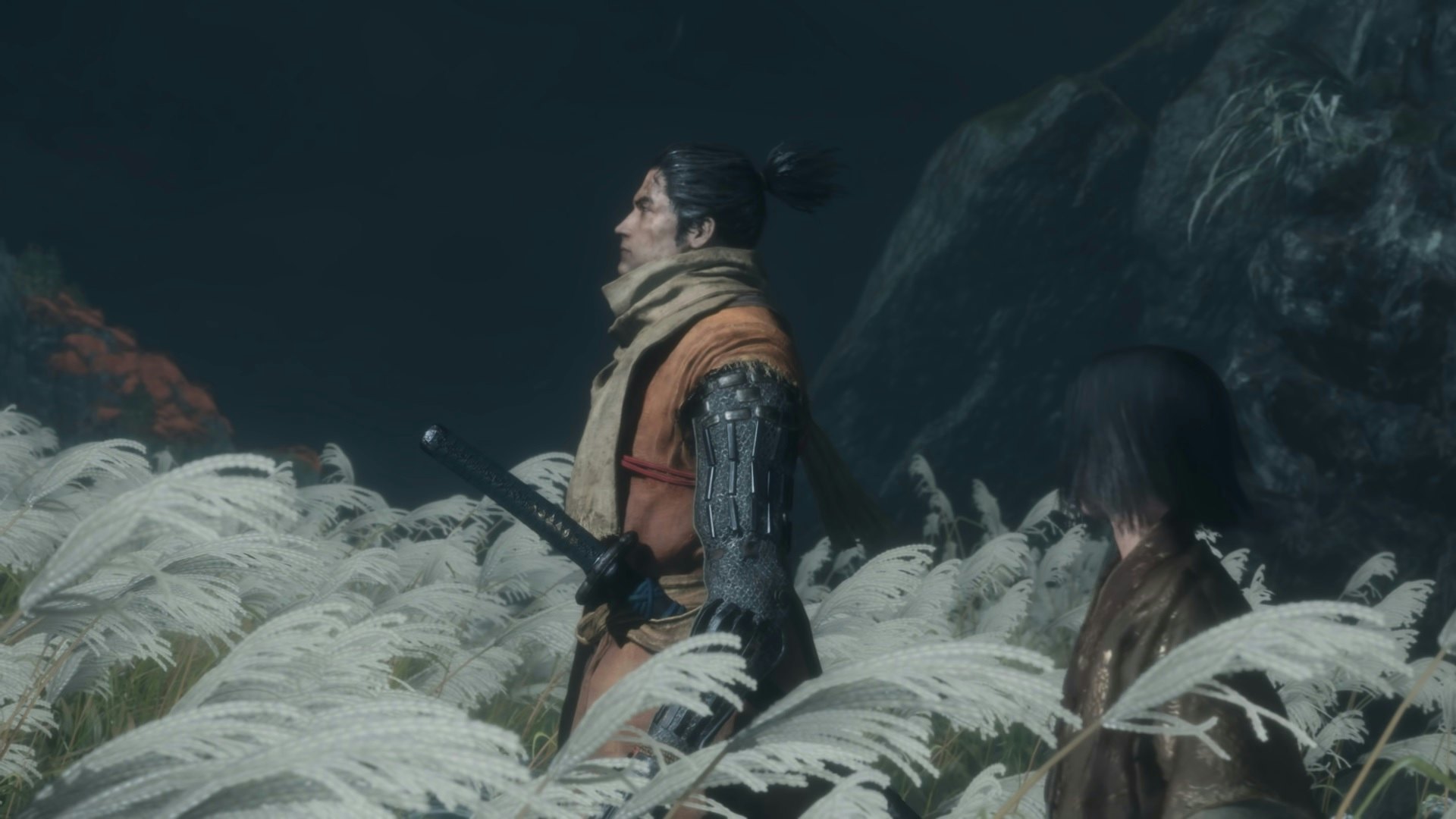
From the first Demon Souls to 2022’s Elden Ring, FromSoftware is known for one thing above all else: difficulty. The studio makes games that are tough as nails and incredibly unforgiving, at least on the surface. While Elden Ring is already one of the most important games of the decade, and arguably the studio’s best game, it is not a perfect game. However, From Software achieved perfection four years ago when it released Sekiro: Shadows Die Twice.
Souls games aren’t hard. That’s right, I said it! Ok, but seriously, the cloud that surrounds FromSoftware’s catalog of games is blown way out of proportion. Every FromSoftware game is built to be broken by the player in whatever way they choose and includes massive freedom to do this. This is all because of the key mechanic of upgrading your individual character throughout a playthrough, be it increasing vitality or endurance you can choose how you improve.

This leads to so many conversations about builds in these games. Certain builds can absolutely wreck enemies that once seemed impossible to defeat. The game wants you to find these ways to cheat the system. Not to mention that you can power level to your heart's content and breeze through bosses. This is why it is so fascinating that Sekiro essentially removes all of this entirely.
FromSoftware’s games typically let the player inhabit a blank slate character with no motivations or goals of their own; Sekiro in contrast puts the player in the shoes of Wolf. By training, Wolf is a shinobi, and the game makes it clear that this is his only method of fighting. You cannot change him into a ranged fighter or magic user. You either learn how to be a shinobi, or you die.
Wolf’s only weapon is his trusty katana. This is the tool that Sekiro centers its entire combat loop around, namely the parry system. Parrying has always been a part of Souls games, but this is the pinnacle of that. You cannot wale against an enemy and chip their health down, instead, you need to focus on posture and balance. Learning how to take advantage of enemy openings and land a single killing blow. In Sekiro, it truly is about the quality of attacks and not the quantity.
Not that this means Sekiro is a defensive game, quite the opposite. If you don’t take the offensive, you will also quickly find your own posture being broken and taken advantage of. A shinobi fights aggressively but with intent in every strike. Sekiro’s fights are the most adrenaline-pumping moments in perhaps any game. And you will have to repeat them over and over again until you manage to perfect your inputs, which is to say that you will die a lot on this journey. And each time you do, you are punished.

Dying not only takes away currency and experience but also inflicts a disease called Dragonrot. Dragonrot can infect NPCs, and if it gets bad enough, then you will not be able to progress their quest lines. It also lowers your chance of receiving Unseen Aid, which gives you the chance to not lose currency and experience upon death. Death comes at a great cost, but the only way to learn is to die.
Where Souls games would allow you to call in aid from other players or respec your character in order to help make it through tough patches, Sekiro offers no such aid. There is no multiplayer, no friend who will save you. In Sekiro there is only Wolf and the enemy. To progress to the end of Sekiro means reaching a certain skill threshold in combat. Sekiro demands nothing short of perfection from the player.
As the game that directly precedes Elden Ring, Sekiro offers an interesting contrast. Elden Ring succeeded on a massive scale due to being the most open FromSoftware game ever made, not only in its open world but in its combat possibilities. Sekiro is the antithesis of this, as the most confining ridged game from the developer. This difference made Elden Ring FromSoftware’s best game, but again it is by no means a perfect game. That title belongs to Sekiro.







